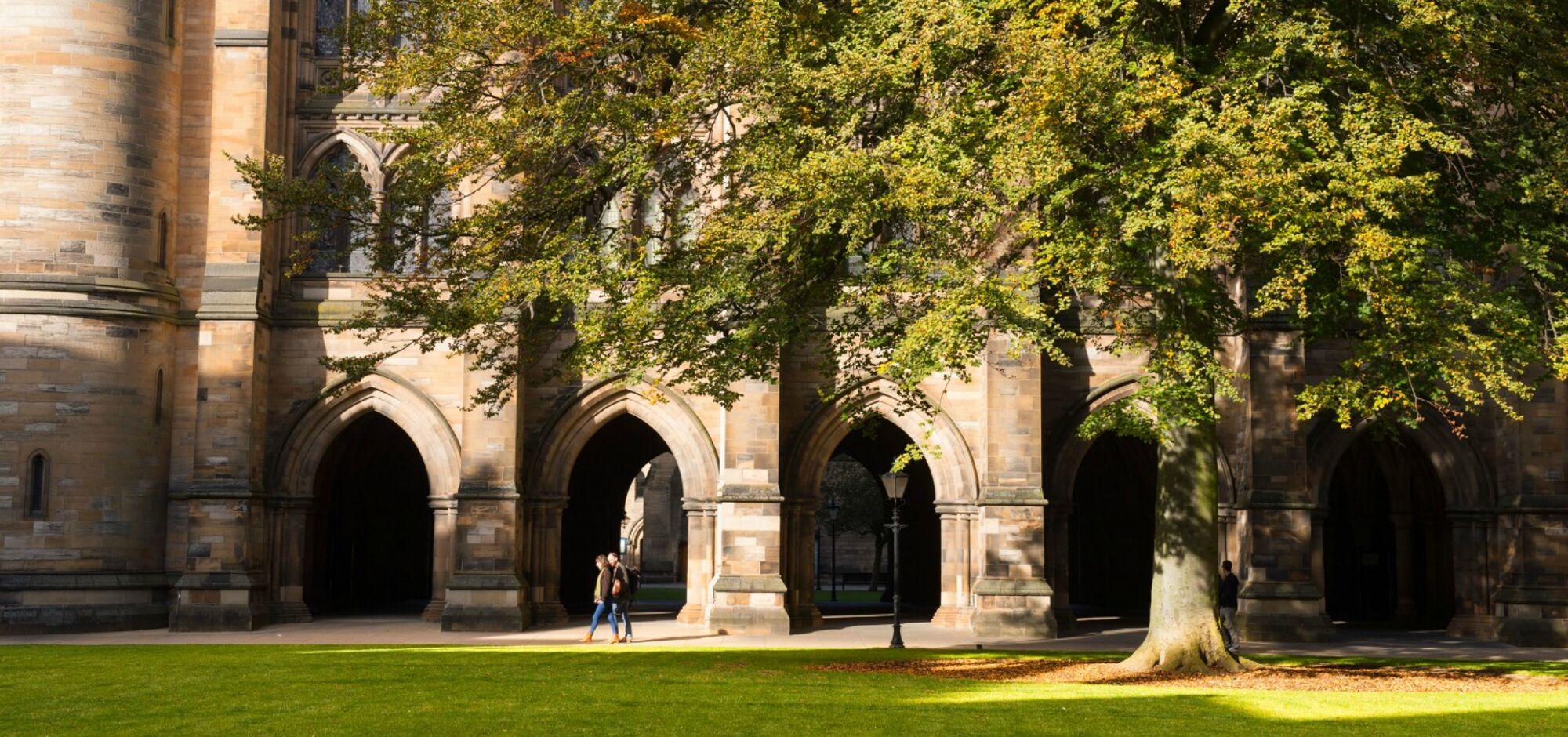Our history

A history of changing the world
Over the last five centuries and more, we’ve constantly worked to push the boundaries of what’s possible. We’ve fostered the talents of seven Nobel laureates, two Prime Ministers and Scotland’s inaugural First Minister. We’ve welcomed Albert Einstein to give a lecture on the origins of the general theory of relativity. Scotland’s first female medical graduates completed their degrees here in 1894 and the world’s first ultrasound images of a foetus were published by Glasgow Professor Ian Donald in 1958. In 1840 we became the first university in the UK to appoint a Professor of Engineering, and in 1957, the first in Scotland to have an electronic computer.
All of this means that if you choose to work or study here, you’ll be walking in the footsteps of some of the world’s most renowned innovators, from scientist Lord Kelvin and economist Adam Smith, to the pioneer of television John Logie Baird.
Find out more about our buildings, alumni and world-changing achievements:

